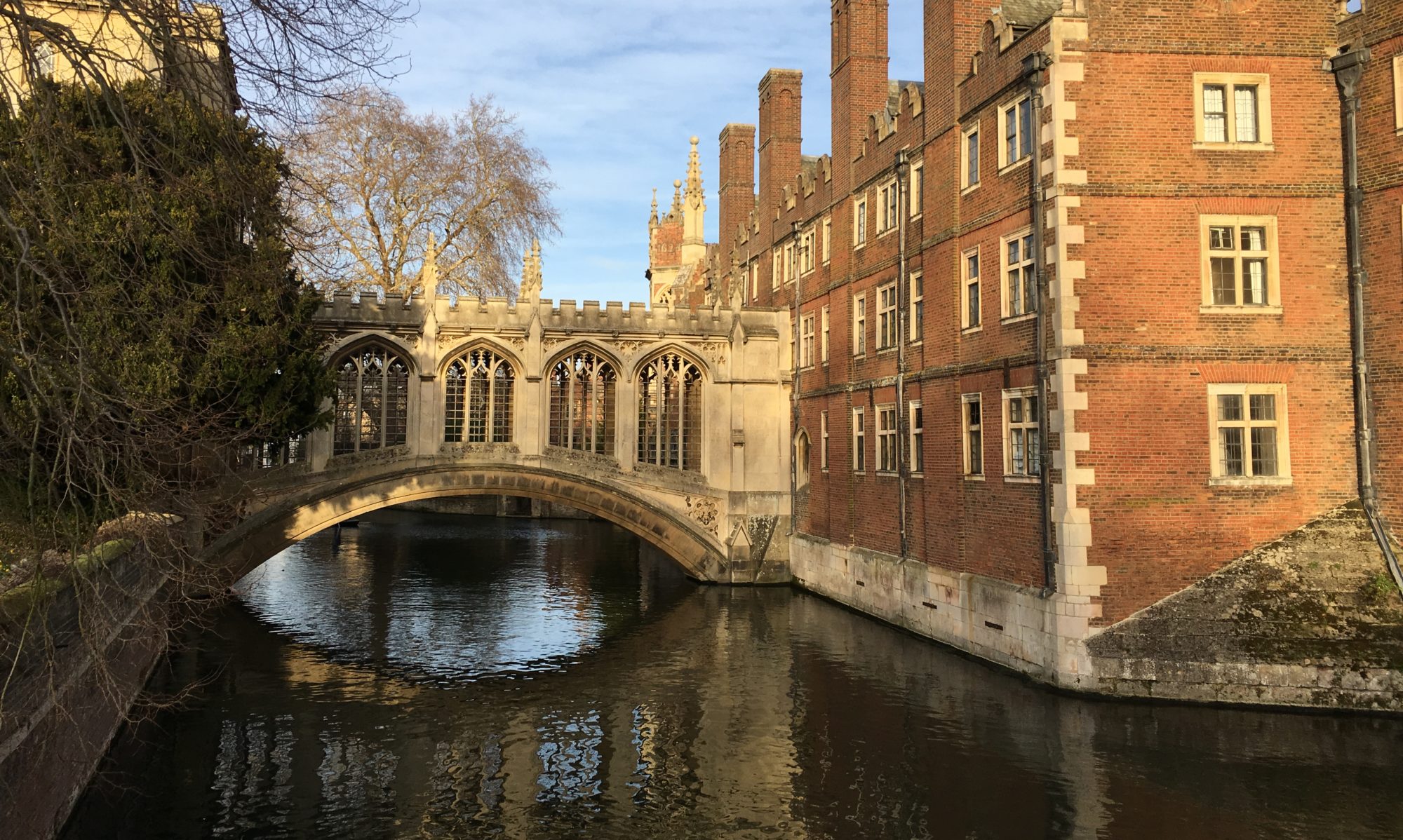Nov 25-27
After a few days of watching presentations and talking to other scientists about Australasian plants and their classification and evolution(and eating really good food), as well as giving my own presentation about hebes, I took some time to wander around the Te Papa museum. Te Papa Tongarewa, the full name of the msueum, means Our Place in Māori (I’ve also seen it translated roughly as “treasure box”) and is the national museum of New Zealand, showcasing cultural and natural history. There’s a lot to learn about indigenous Māori culture and history—and in general on this trip I came to appreciate how visible and respected this culture is in New Zealand. There was also an excellent new exhibit put on by the Natural History department called Te Taiao Nature, spotlighting New Zealand’s flora and fauna and geology. In addition to the visible exhibits, the museum is a repository for collections of natural and cultural specimens, including an entire herbarium of preserved NZ plants. This is actually where most of my hebe specimens came from for my research (I extracted DNA from little leaf fragments taken from the original specimens). There are lots of people working behind the scenes, curating the collections and doing research on them, including my excellent collaborator who sent the specimens.
Continue reading “Wellington pt. 2: Treasure Box”



